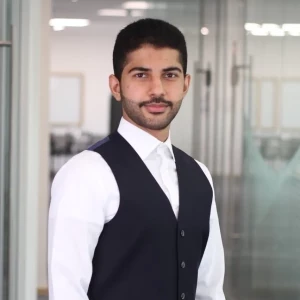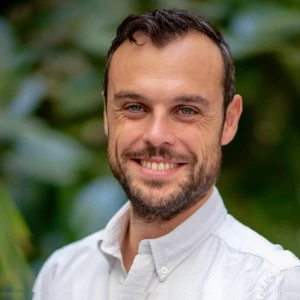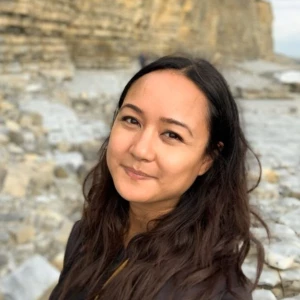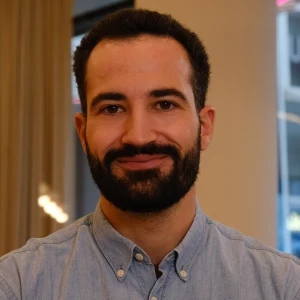Hello,
I have three questions about interviewer-led cases:
1. When I have my framework, with lets say two main branches/buckets with each having sub-branches, should I first explain the first main branch/bucket with its sub-branches and when I explained it, should I switch to the second main branch and explain it?
2. Lets assume the interviewer asks for factors that influence X. I then draw my structure. And my structure has two branches: internal and external. For the different branches of my structure, should I mention my thoughts (e.g., for internal I see factor a. Factor a can influence … I also see factor b, factor b can influence X …). Or what should I say for each branch how do I switch maim branches best?
3. For interviewer led cases, are you still asking for more information and data (I do not mean clarifying questions) but question like: do we have any information on XYZ? Or are you only doing this in a candidate-led case?
Thanks for helping.















